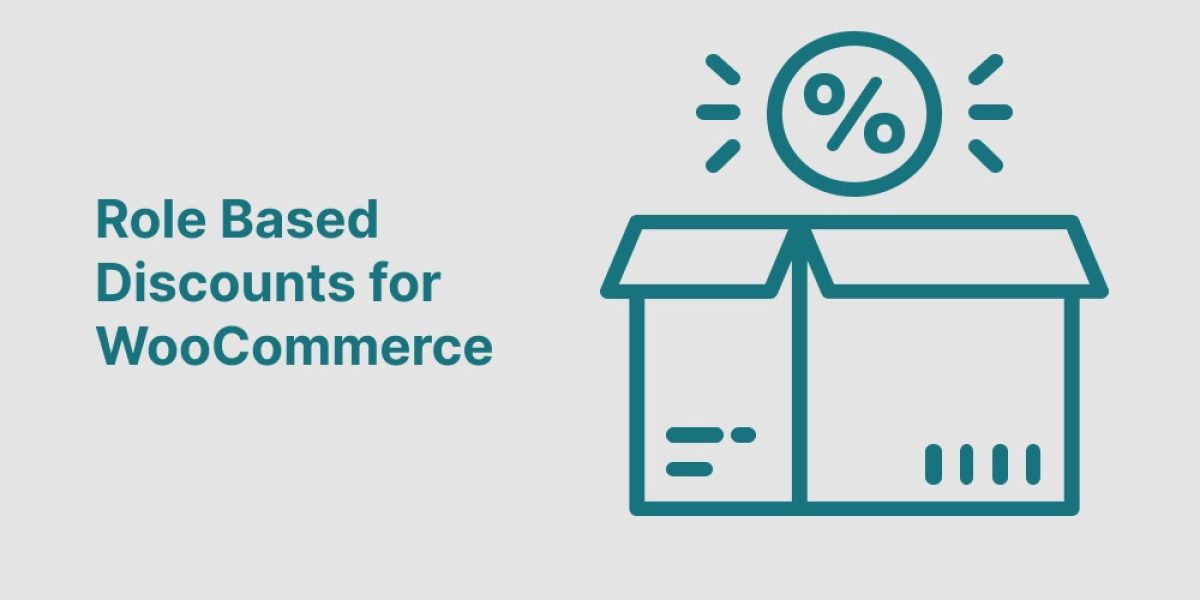Introduction to Role-Based Pricing
Imagine walking into a store where prices shift based on who you are. A loyal customer pays less than a newcomer, while wholesale buyers enjoy even steeper discounts. This isn’t just a fantasy; it’s the magic of role-based pricing for WooCommerce.
In today’s competitive e-commerce landscape, understanding your customers is key to driving sales and building loyalty. Role-based pricing allows you to tailor your product pricing according to specific user roles—transforming the shopping experience for everyone involved. Whether you’re selling retail products or digital downloads, this innovative approach can help maximize profits while enhancing customer satisfaction.
If you’re looking to elevate your WooCommerce store and engage customers in ways you’ve never imagined, diving into role-based pricing could be exactly what you need. Let’s explore how this powerful strategy can revolutionize your business model and set you apart from the competition!
Benefits of Implementing Role-Based Pricing in Your WooCommerce Store
Implementing role-based pricing in your WooCommerce store can significantly enhance customer experience. By tailoring prices based on user roles, you create a personalized shopping environment that fosters loyalty.
Different user segments often have varying purchasing power and needs. With role-based pricing, you can offer discounts to wholesale customers while maintaining standard rates for retail buyers. This approach not only increases sales but also builds strong relationships with diverse clientele.
Moreover, this strategy encourages upselling and cross-selling opportunities. When users feel they are receiving special treatment through exclusive pricing, they are more likely to explore additional products or services.
Additionally, role-based pricing provides better inventory management. It allows store owners to adapt their pricing strategies depending on stock levels or specific marketing campaigns directed at particular customer groups.
Types of Roles and Their Pricing Strategies
In the world of WooCommerce, understanding different user roles is crucial for effective role-based pricing. Each role can have tailored pricing strategies that cater to specific customer needs.
For instance, a wholesale customer might receive significant discounts on bulk purchases. This encourages larger orders while rewarding loyal buyers.
Conversely, retail customers could benefit from tiered pricing based on their purchase history. The more they shop, the better the deals become.
Membership levels also play a key part in this strategy. Subscribers can access exclusive prices or special offers not available to regular users.
Additionally, you might consider offering promotional rates during seasonal sales events. Limited-time offers create urgency and boost conversion rates across various roles.
By segmenting customers effectively and applying unique pricing strategies for each role, your WooCommerce store can enhance its overall profitability and foster stronger relationships with diverse clients.
How to Set Up Role-Based Pricing for WooCommerce
Setting up role-based pricing for WooCommerce is straightforward. Start by installing a suitable plugin, such as “WooCommerce Role-Based Pricing” or “Dynamic Pricing.” These tools provide you with the flexibility to create tailored price structures based on user roles.
Once the plugin is activated, navigate to its settings within your WooCommerce dashboard. Here, you can define different user roles—such as customers, wholesalers, and members—and assign specific pricing strategies for each.
You’ll have options like percentage discounts or fixed-price adjustments. Don’t forget about adding quantity discounts too; they encourage larger orders while rewarding loyal customers.
After configuring your desired rules, test them out using different accounts to ensure everything functions smoothly. Fine-tune any details until you’re satisfied with the results before launching it live on your store. This approach enhances customer experience and can significantly boost sales figures over time.
Case Studies: Successful Implementation of Role-Based Pricing
Several e-commerce businesses have adopted role-based pricing in WooCommerce with remarkable success. One case involved a B2B wholesale distributor that segmented customers into retail and bulk buyers. By offering tiered discounts based on order size, they witnessed a 30% increase in average order value.
Another example is a subscription box service targeting various demographics. They customized prices for students, seniors, and families. This approach led to increased customer loyalty and a dramatic rise in sign-ups during promotional periods.
A niche beauty brand implemented role-specific pricing for influencers versus regular consumers. Influencers received exclusive offers, which not only boosted sales but also expanded their reach through social media endorsements.
These real-world examples illustrate the transformative power of WooCommerce role-based pricing strategies across diverse industries. Each implementation was tailored uniquely to fit specific audiences while enhancing profitability and engagement.
Common Challenges and Solutions
Implementing role-based pricing for WooCommerce can bring unique challenges. One common issue is the complexity of managing user roles effectively. Store owners may struggle to define and categorize their customers accurately.
Another challenge lies in compatibility with existing plugins or themes. Sometimes, different systems don’t work well together. This can disrupt the smooth functioning of your store.
Additionally, some businesses face resistance from customers who are unfamiliar with dynamic pricing structures. Clear communication is essential to help them understand the value they get based on their loyalty or membership status.
To tackle these problems, investing time in training staff about role management can pay off immensely. Regularly updating your website’s plugins ensures better compatibility too. Using FAQs or tutorials can help ease customer concerns regarding price variations based on user roles.
Conclusion: The Future of E-commerce with Role-Based Pricing
The landscape of e-commerce is evolving rapidly. Role-based pricing for WooCommerce offers a fresh approach to cater to diverse customer needs and behaviors. By tailoring prices according to user roles, businesses can enhance the shopping experience and improve conversion rates.
As more merchants recognize the value of customized pricing strategies, we’re likely to see an increase in adoption across various industries. The ability to implement dynamic pricing, quantity discounts, or category-specific promotions makes role-based pricing not just a trend but a powerful tool for driving sales.
Merchants who embrace this strategy will find themselves ahead of the competition. With the right implementation, they can optimize their offerings and create lasting relationships with customers. As technology continues to advance, so too will the methods available for managing prices based on user roles.
Role-based pricing holds immense potential for shaping future e-commerce success stories. Businesses willing to explore its benefits may discover new avenues for growth and profitability that were previously untapped.












